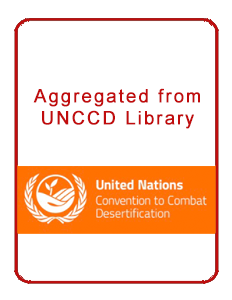Two decades of farmer managed natural regeneration on the Seno plain, Mali. Included in Restoring African Drylands
The adoption of FMNR increased by 50% over 20 years; about 90% of all farmers now encourage natural regeneration on the land that they manage. The key to success is having local institutions that are respected and effective. The experience in Bankass shows that reforestation rates of at least 250 trees per hectare can be achieved by farmer managed natural regeneration on Sahelian agricultural lands, recreating an agroforestry parkland at a fraction of the cost of establishing conventional plantations.


